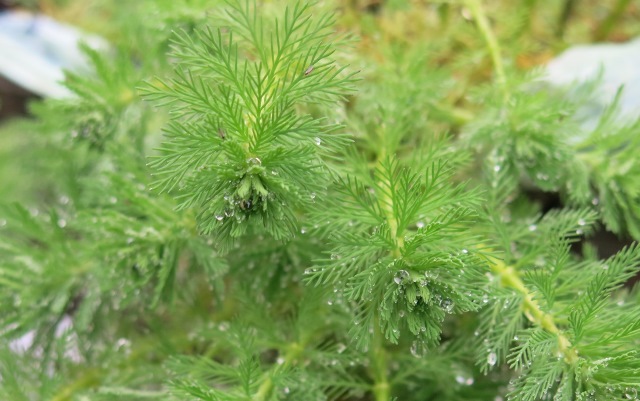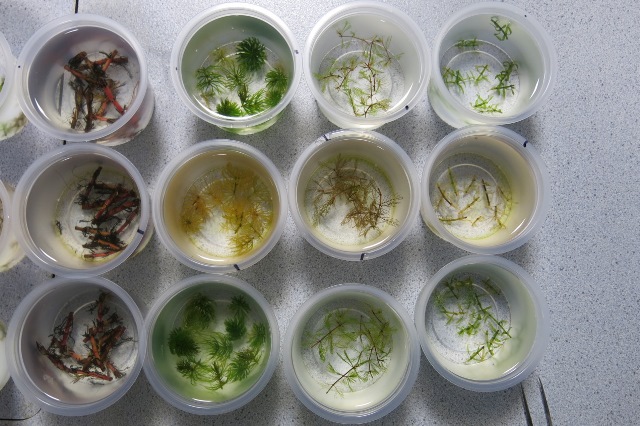Invasive Alien Plant Research
Research on invasive alien plants in the aquatic environment
Alien invasive plants pose a serious risk too many aquatic ecosystems. Nearly 100 alien aquatic species are present in European fresh water systems, where their excessive growth may interfere with navigation, recreational activities, fisheries and ecosystem function. These alien species originate in places such as the Americas, Australia or Africa, and have been transferred to Europe as a result of various human activities.
Lemna minuta
As part of our extensive work on Lemnaceae (see also Plant Toxicology Research), Simona Paolacci (IRC-funded, and jointly supervised by Prof. Marcel Jansen and Dr. Simon Harrison) studies the question what traits determine the invasiveness of Lemna minuta. This particular duckweed species originates in the Americas and was first recorded in Europe in 1965 in France. Subsequently, this species has spread widely, and rapidly, throughout Europe, and it is now present in many western, central and southern European countries. Lemna minuta was first discovered in Ireland in 1993, in a pond near the village of Blarney, Co. Cork.
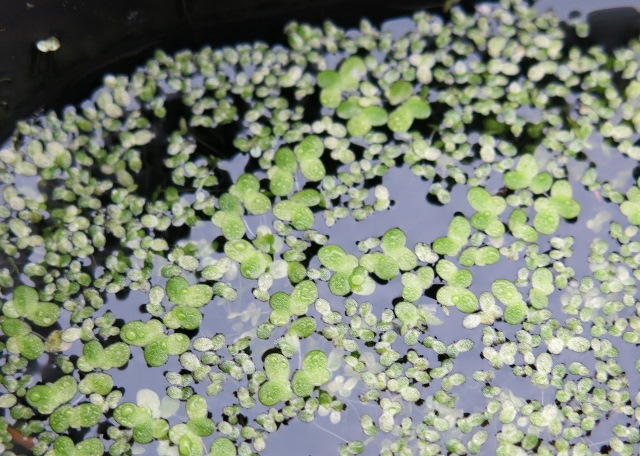
Lemna minuta is commonly found in the same habitats as native Lemna minor, which it seems to locally outcompete. Simona Paolacci has been taking several approaches to explore the relative invasiveness of L. minuta, and these range from laboratory experiments in which she establishes nutrient preferences, to mesocosm experiments in which she studies competition between L. minor and L. minuta under natural weather conditions. Genetic analysis of Lemna minuta clones found in Ireland has been carried out in collaboration with Prof. Klaus Appenroth (Jena University) and Dr. Manuela Bog (Regensburg University) in Germany.
Submerged alien invasive plants
Darren Reidy (EPA-funded, and jointly supervised by Prof. Marcel Jansen and Dr. Simon Harrison) has focussed his work predominantly on submerged alien invasive species. Alien species studied in this project include Elodea canadensis, Elodea nuttallii, Lagarosiphon major and Myriophyllum aquaticum. To explore the traits that determine invasiveness, light preferences of these species have been studied, both in the laboratory as well as in outdoor mesocosms. This approach is complemented by a large scale field study of these species in south-west Ireland.
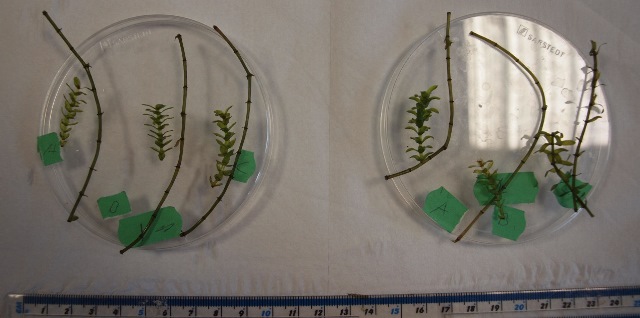
To understand species distribution in the natural environment, viability of plant fragments have been investigated. Mechanical removal of invasive aquatic aliens is a useful tool that has been employed in an attempt to manage these species. A drawback from such an approach is that potentially large numbers of plant fragments are released, which may inadvertently lead to dispersal of unwanted species. Darren Reidy has been analysing the minimal fragment size that is still viable, thus contributing background knowledge for the optimisation of mechanical management strategies.
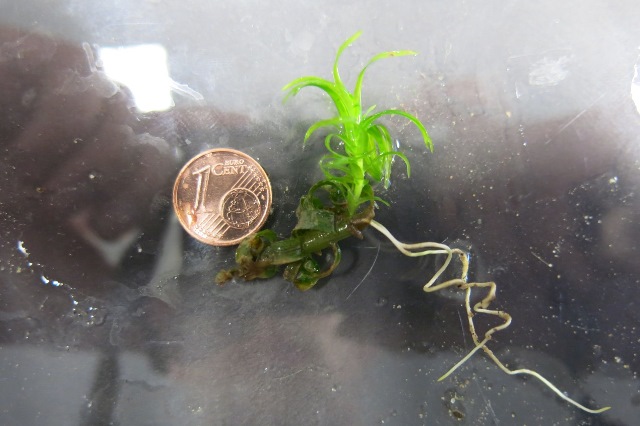
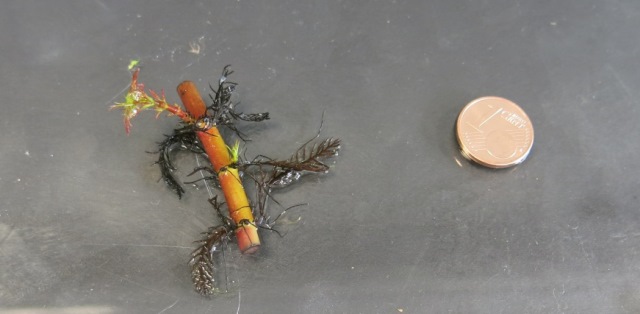
Dispersal of aquatic plants
Understanding the dispersal routes of invasive alien species is a key aspect of their management. Neil Coughlan (jointly supervised by Prof. Marcel Jansen and Dr. Tom Kelly) has focussed on the role of birds in the dispersal of aquatic plants. In a simple, but elegant, experiment Neil Coughlan showed that Lemna fronds in a bowl of water, perched on top of a stake, are dispersed with high frequency to a nearby second bowl of water, perched on top of a second stake. Data analysis showed that this is a bird-mediated process. Dispersal of plants that are entangled between feathers of birds may well play a key role in colonisation of new ponds. Unfortunately, such dispersal also leads to the spread of alien aquatic plants once they are locally established. By measuring the microclimate between the feathers of a mallard duck, and analysing the rate of plant desiccation once out of the water, Neil Coughlan was able to predict that Lemna species can be transported over 100s of km before losing viability due to dehydration.
